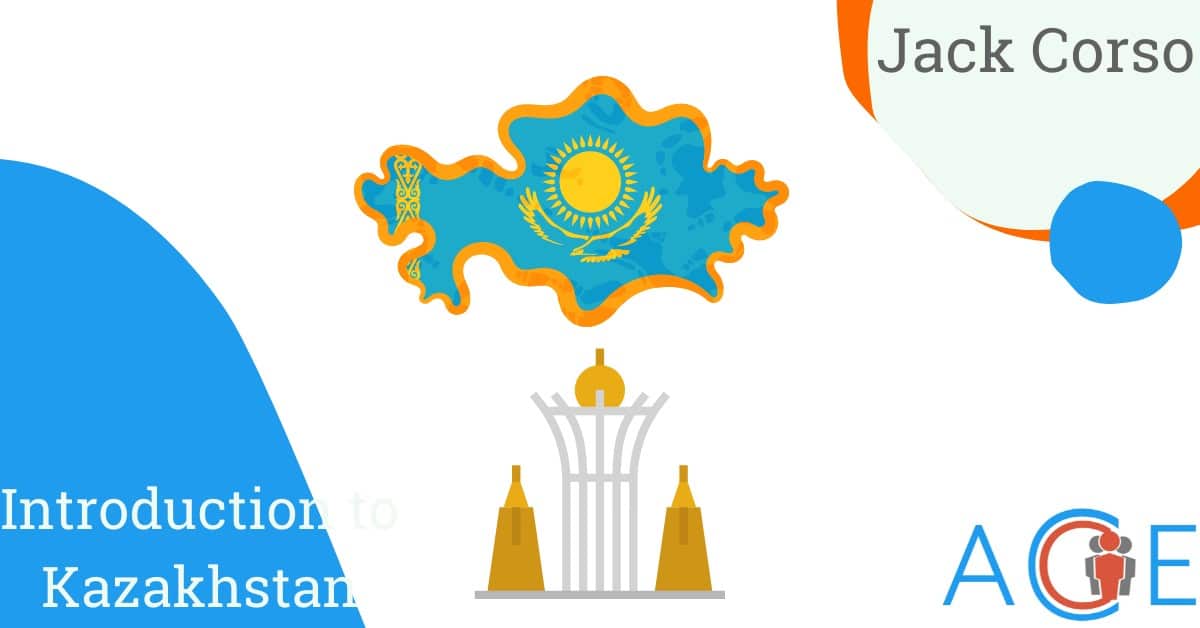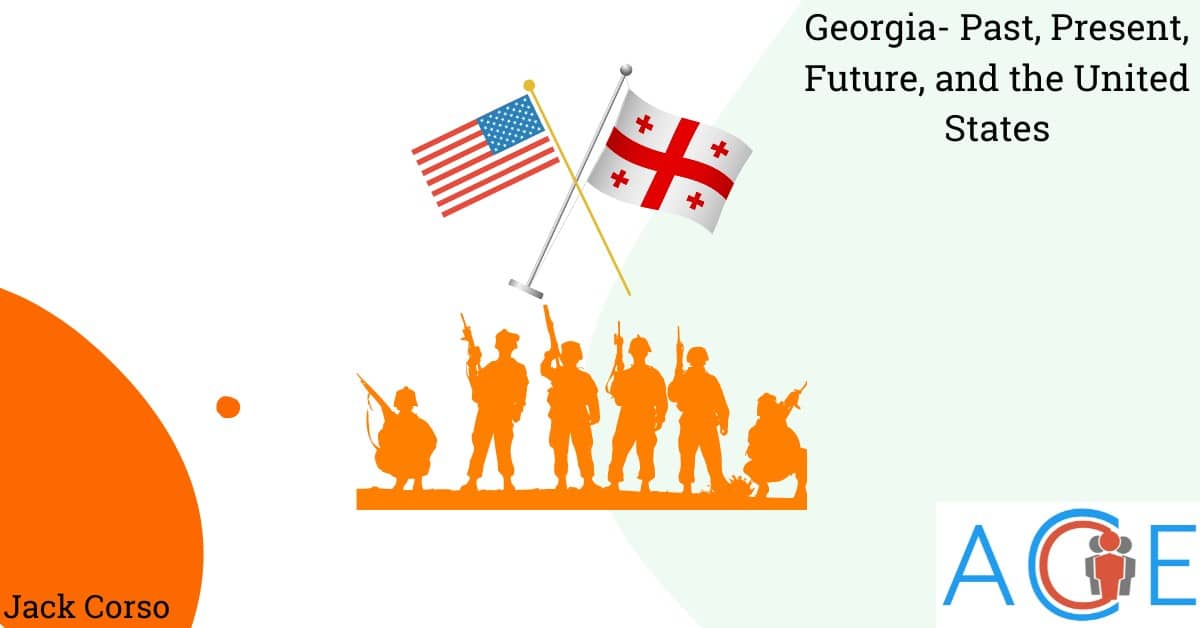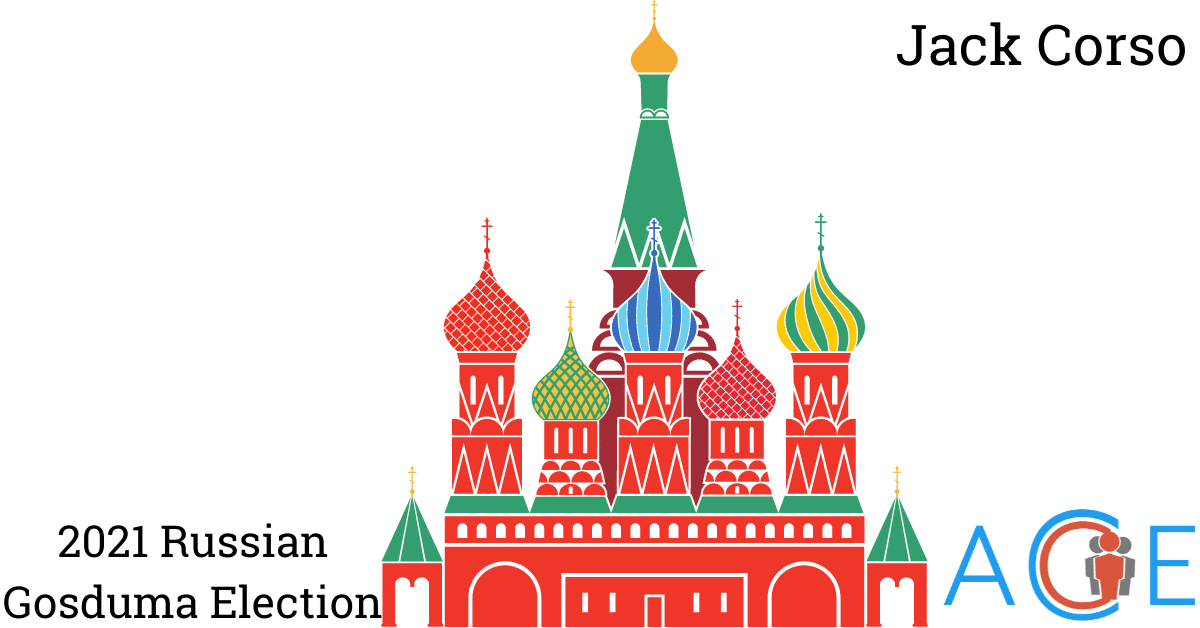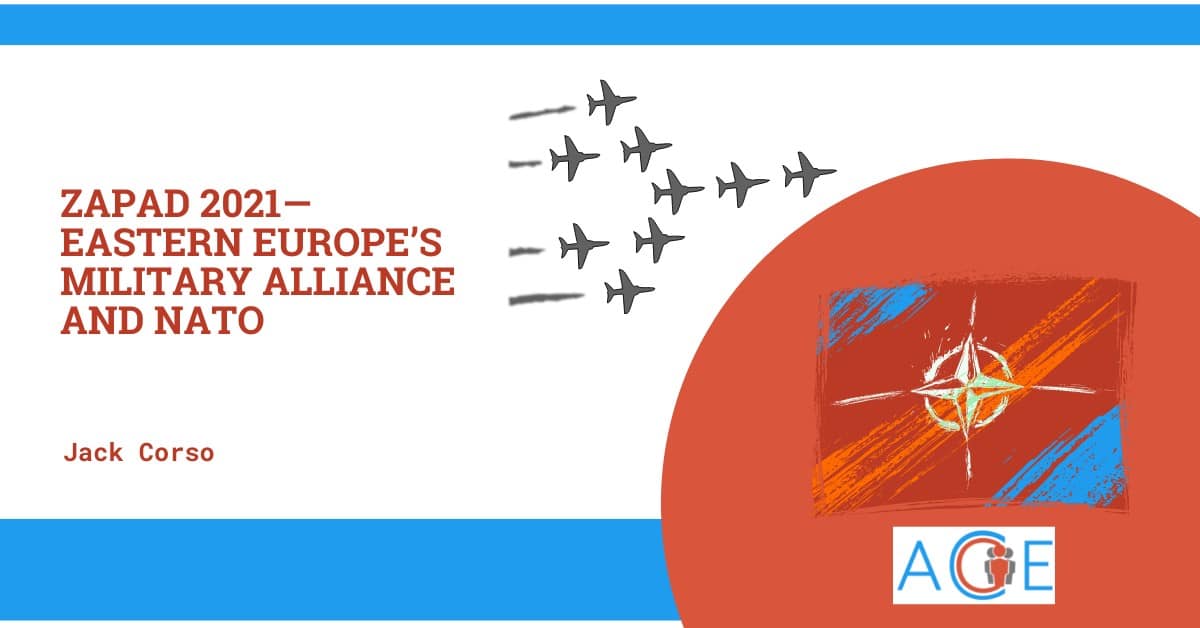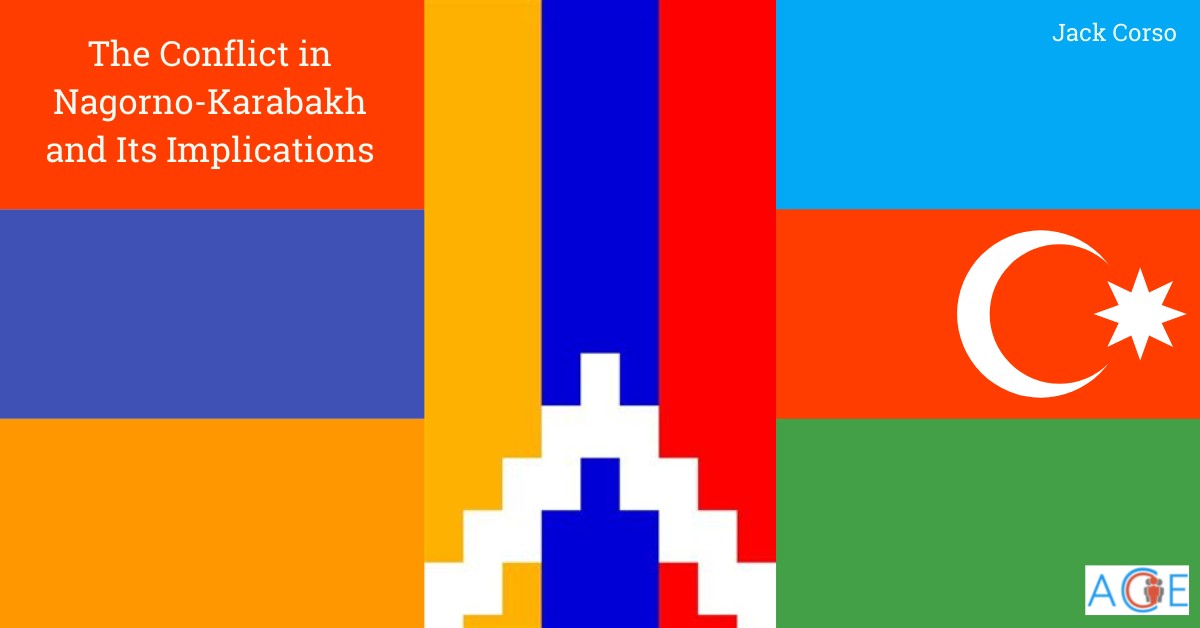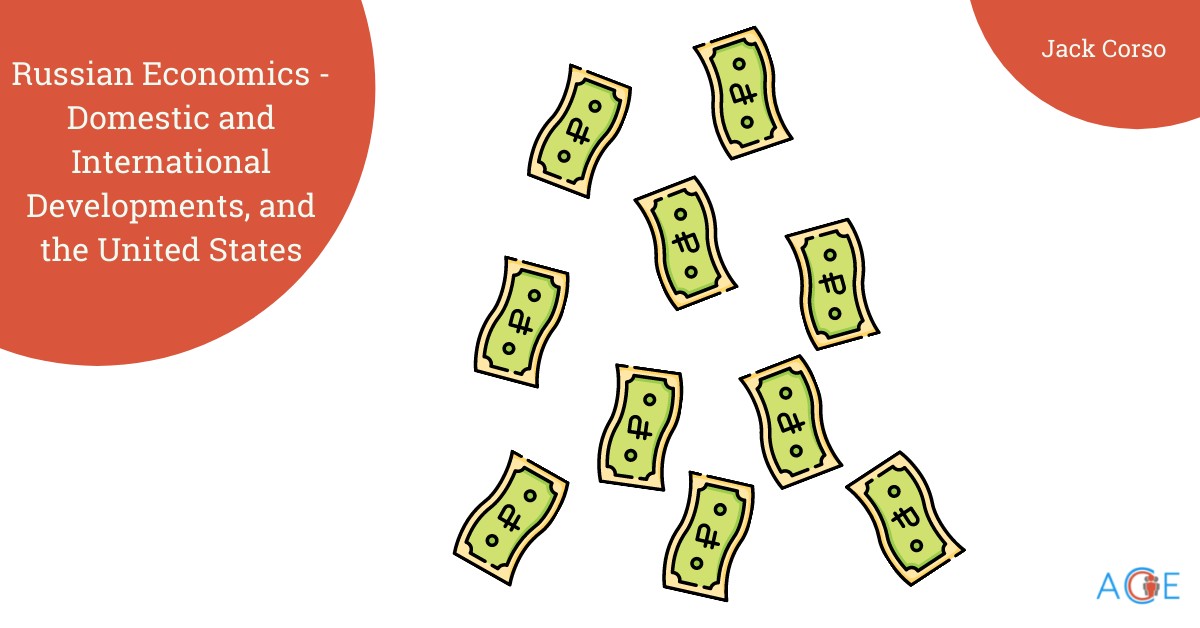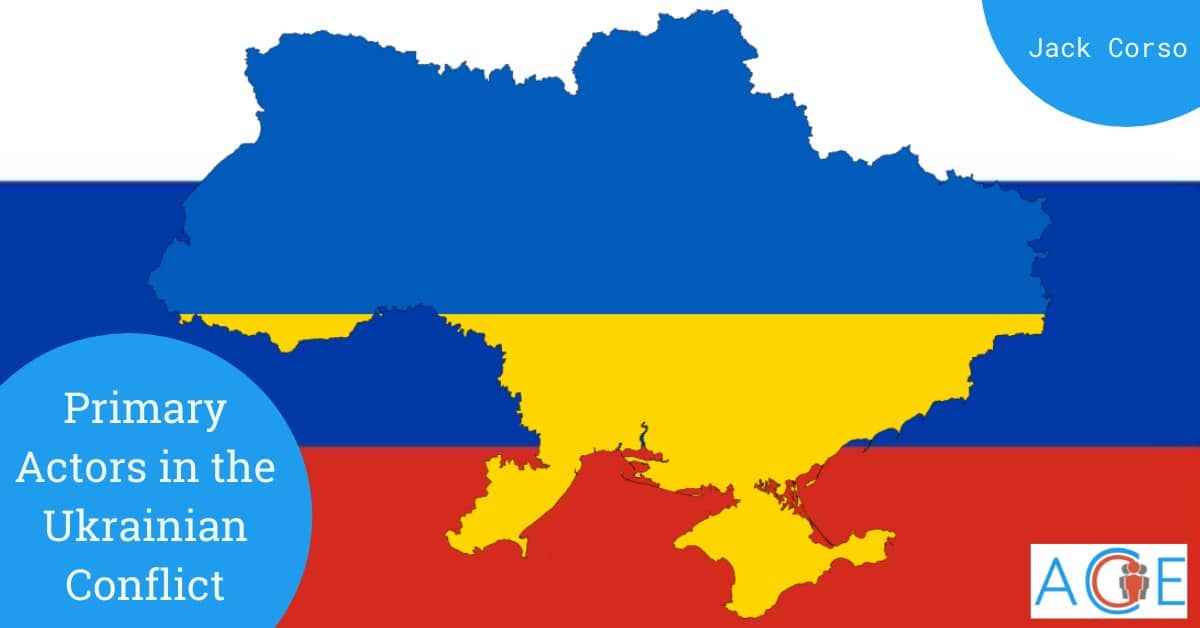A Brief History
Pre-Soviet Union
The Kazakh steppe has been a traditional homeland of nomadic tribes that stand as the early ancestors of the modern Kazakh people. Though Kazakhs are Turkic people, their culture and way of life are greatly influenced by the surrounding civilizations that they have come into contact with. Modern-day Kazakhstan’s path became more apparent as the Russian Empire conquered the steppe as the country expanded eastward in the 18th and 19th centuries.
Kazakh SSR
Following the dissolution of Imperial Russia, Kazakhstan became a Soviet republic in 1925. The Kazakh SSR had an initially tumultuous past as forced agricultural collectivization under Joseph Stalin led to more than a million deaths in the 1930s. Moreover, the republic was the destination for many political and social opponents to Stalin’s regime exiled to Central Asia. However, due to positive agricultural programs in the 1950s and 60s, Kazakhstan was an attractive destination for agricultural workers from around the Soviet Union. Like much of the Soviet Union in the 1980s, Kazakhstan experienced significant upheaval. In late 1986, many young ethnic Kazakhs protested for the replacement of First Secretary of the Communist Party of the Kazakh SSR Dinmukhamed Konayev. Government soldiers were deployed to suppress the unrest leading to several deaths and many arrests. These events subsequently became known as the Jeltoqsan protest. In October of 1990, Kazakhstan declared sovereignty over its territory as a republic within the USSR, and in December of 1991, it officially declared independence as the last Soviet republic to do so.
Post-USSR
When Kazakhstan gained its independence in 1991, ethnic Kazakhs found themselves as a minority group in their own state. However, many non-Muslim ethnic groups moved to their respective states, while many Kazakhs living in other former Soviet states were repatriated. Between 1990 and 2019, Nursultan Nasarbayev, a holdover from the Soviet era, served as Kazakhstan’s president. In 2019, Kassym-Jomart Tokayev succeeded Nasarbayev.
Image Courtesy of Britannica
Modern Kazakhstan
The modern-day Republic of Kazakhstan is a linguistically, ethnically, and religiously diverse state. Although Kazakhstan is predominantly populated by ethnic Kazakhs, there are many ethnic Russians living within its borders. Moreover, along with Kazakh, Russian is an official language and the language of interethnic communication.
Kazakhstan is a presidential republic led by President Kassym-Jomart Tokayev and acting Prime Minister Alihan Smaiylov. Although Almaty, a city of nearly two million people located in southeast Kazakhstan, is the country’s largest city, Nur-Sultan, a city of just over a million residents, is the capital. Kazakhstan has a bicameral parliament with an upper house, the Senate, and a lower house, the Majilis. Despite its outwardly democratic system, Kazakhstan is considered a consolidated authoritarian regime where free and fair elections are not provided.
Kazakhstan’s economy is primarily driven by the exportation of natural resources to partners in China, Italy, and Russia. Alternatively, Kazakhstan relies heavily on Russia and China for manufactured imports such as packaged medicine and cars. The average Kazakh citizen earns roughly 268,000 Tenge per month. Although an initially staggering number, this only amounts to about 620 USD, as $1 is worth approximately 432 Tenge.
Nazarbayev (left) and Tokayev (right) Image Courtesy of The Astana Times
January 2022
What happened?
For about a week and a half in early January, thousands of Kazakhs participated in violent protests. The situation was very volatile, and in many cities in the country, such as Almaty, a state of emergency was declared. On January 7th, President Tokayev ordered security forces to “shoot to kill without warning.” This undoubtedly escalated the situation and caused more violence.
What caused the events?
The primary catalyst for the mass protests was the government lifting price caps on liquefied petroleum gas. This gasoline is a low price, low-carbon fuel used by many Kazakhs to power their cars. By lifting the price cap, the cost of liquefied petroleum gas doubled. However, this was not the only cause of the demonstrations. Significant social and economic inequalities, the Covid-19 pandemic, and the autocratic nature of the Tokayev regime motivated many Kazakhs to demonstrate.
What was the result?
Although the accurate number is somewhat unclear, officially, 225 people were killed during the demonstrations, and many more were injured. Kazakh authorities said that roughly 10,000 people were detained. Of the many thousands of people detained, approximately 700 criminal cases are open against protesters whose charges range from terrorism, murder, and seeking to overthrow the government.
President Tokayev appealed to the Russian-led Collective Security Treaty Organization for assistance in ending the demonstrations. This is notable as it was the first time CSTO soldiers had been deployed. These soldiers were effective in securing airports and government buildings, although their deployment was very short.
In response to the economic concerns voiced by the demonstrators, the Kazakh government imposed a 180-day state regulation on fuel and food prices. The demonstrations also led to some political shifts as Tokayev’s cabinet, led by the former Prime Minister Askar Mamin, resigned.
American Response
The United States’ response to the upheaval in Kazakhstan was expected. Given the geographic distance between the two states, the U.S. could do little more than condemn the violence and ask all sides to work towards a peaceful resolution. However, the United States and Kazakhstan have a close political relationship as the U.S. was the first state to recognize Kazakhstan’s independence. Moreover, the two states have a close economic relationship. The United States has invested heavily in Kazakhstan’s energy potential, and nearly $54 billion has been invested into the Kazakh economy over the last thirty years.
Russian Response
Compared to the United States, Russia had a greater stake in calming the situation. Were the Kazakh protests successful, they may have provided a blueprint for anti-Putin actors in Russia. In many ways, Russia had a responsibility to assist the Tokayev government. Both states are CSTO members, and Russia had to assist when called upon. The unrest in Kazakhstan posed a tangible security concern for Russia as the two states share a massive border. Long-lasting unrest in Kazakhstan could have provided another problem for Russia along its borders, in addition to the concerns in the South Caucasus and Ukraine.
Kazakh protestors Image Courtesy of Financial Times
